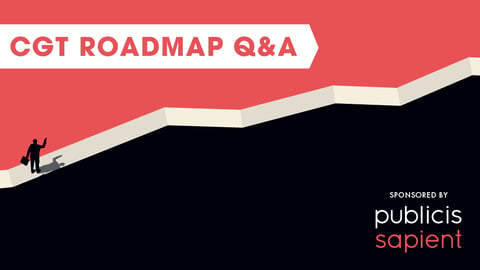NRF 2022: Consumers Will Define Convenience, Not Retailers
Even the most devoted customers get fickle, and woe to the sellers that aren’t paying attention.
In individual fireside chats at NRF 2022 this week with National Retail Federation president Matthew Shay, both Walmart U.S. president/CEO John Furner and Best Buy CEO Corie Barry reinforced the importance of providing convenient consumer experiences, as well as constantly adapting to their ever-shifting needs and expectations.
Furner, who marked his first week as the new chairman of the NRF board of directors, referenced a quote from a fellow board member: “Loyalty in retail is simply the absence of something better.”
[See also: Nike Ramps Up Data Science for Member Personalization]
Barry meanwhile not only listed convenience as one of the five retail trends she expects to persist, but noted it will be defined by the consumer. Even when the vast majority of Best Buy’s products can be shipped next day for free, 40% of the retailer’s consumers still pick up their online purchases in stores.
Looking ahead, the consequence of this retail agility will only grow thanks to what Furner described as a precipitous shift in the way consumers expect and need to be served.
“People are going to think less about replenishment at home on the things that they want every day,” he said, with retailers expected to meet both in-store and at-home fulfillment preferences.
“We used to think a lot about cohorts of customers and their behavior types. But for so many customers, that changes based on the day of the week or the time of the month. … It changes really based on what's going on in their life every day,” said Furner.
And whereas omnichannel really just used to mean dual channel, Barry said, each one of today’s myriad consumer touchpoints must be optimized and stitched together.
“Customer expectations are not static. They are constantly evolving, and they expect this frictionless experience no matter how they touch your organization,” she said. “It can’t be optimized vertically. You have to understand customer journeys first.”
As such, Barry expects retailers to increasingly leverage data science and data analytics to both optimize customer experiences and increase personalization. This includes having better visibility into both inventory levels and retail workforce needs, as well as knowing as much as possible about a customer when they walk through the door — “without it being creepy.”
[See also: Mondelez’s Beetschen On Driving Personalized Experiences In a Privacy-Driven World]






